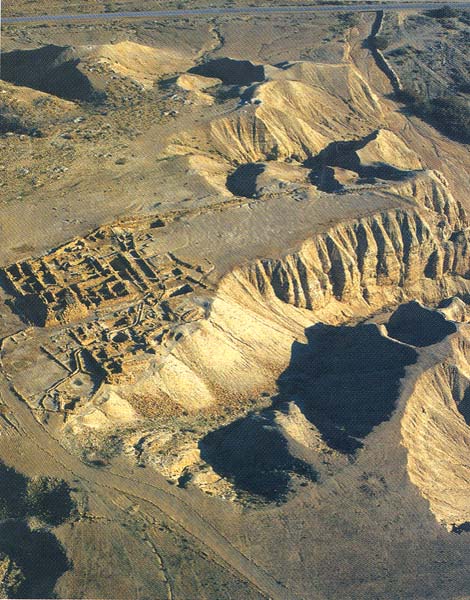Image Details

Werner Braun
Many of the Dead Sea Scrolls were found in caves along a ridge (at right in the photo) just a few hundred yards from the site of Qumran (at left). Most scholars think Qumran was a colony of Essenes, a Jewish sect in the years before the Roman destruction of Jerusalem in 70 C.E. that was bitterly opposed to the priests then in control of the Temple. Pliny describes the Essenes as living “above” Ein Gedi, on the Dead Sea coast. Since Ein Gedi is south of Qumran, some scholars think Pliny means the Essenes lived at Qumran; others, like Israeli archaeologist Yizhar Hirschfeld, disagree. Ancient maps, for one thing, put east at the top, not north, so Ein Gedi isn’t “below” Qumran; more importantly, though, Qumran bears all the hallmarks of being the comfortable manor house of a wealthy agricultural estate, according to Hirschfeld, not a compound of religious ascetics.
